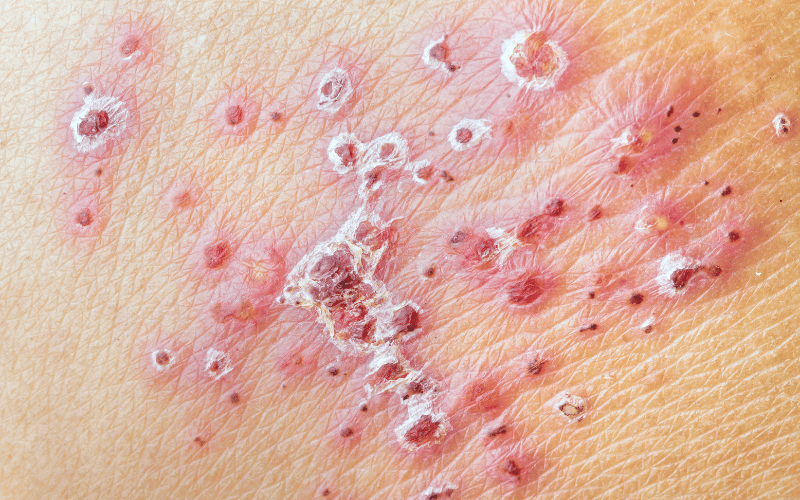Introduction: The Intricacies of Shingles and Its Impact on Health
Shingles, more scientifically known as herpes zoster, is an insidious viral infection rooted in the chickenpox virus. You might recall the itchy inconvenience of chickenpox from childhood; however, the virus (Varicella-Zoster) doesn’t simply disappear after the itchy spots do. It lurks in the body, lying dormant, only to potentially rear its head again later in life. When it does, it’s no longer the familiar chickenpox but its more formidable cousin: shingles.

But what makes this reactivation occur? The exact reasons remain shrouded in mystery, but factors like age, weakened immune systems, or high levels of prolonged stress can be culprits. The key to mitigating the effects of this illness is early detection and intervention. Therefore, recognizing the symptoms becomes paramount. Beyond the infamous rash, shingles exhibits a myriad of symptoms that, when pieced together, paint a clear picture of the condition.
Imagine your body’s immune system as a fortress. Over time, cracks might appear in its walls, either from the strain of daily life or external pressures. These vulnerabilities can give previously defeated invaders, like the chickenpox virus, an opportunity to strike again. And when it does, it’s essential to recognize its tactics. This article endeavors to arm you with the knowledge you need to spot the early signs of a shingles attack and safeguard your health.
Symptom 1: Distinctive Rash – The Hallmark Symptom

The rash associated with shingles isn’t just any rash. It has a distinct appearance, often beginning as a series of reddish patches that seem to trace a pattern on the skin. This formation often follows the pathway of nerves under the skin, which is why it typically appears on one side of the body.
Over time, these reddish patches transform. They swell into fluid-filled blisters, which can be painful and itchy. For many, this is the point where they seek medical attention, concerned by the severity and progression of the outbreak.
Though everyone’s experience is slightly different, this rash has an unmistakable progression. After the blisters form, they might break open. This stage is particularly uncomfortable and, without proper care, can lead to secondary infections.
After the bursting, the rash enters its final stages. The open blisters begin to crust over, signaling the start of the healing process. While it might be a relief for the affected individual, it’s essential to remember that the crusting doesn’t mean the end of the shingles experience.
It’s a telling symptom, one that’s impossible to ignore. Those who’ve experienced it often recount the discomfort and the alarm they felt watching the rash evolve. It’s a stark reminder of the virulence of the virus and its capacity to disrupt our well-being. (1)